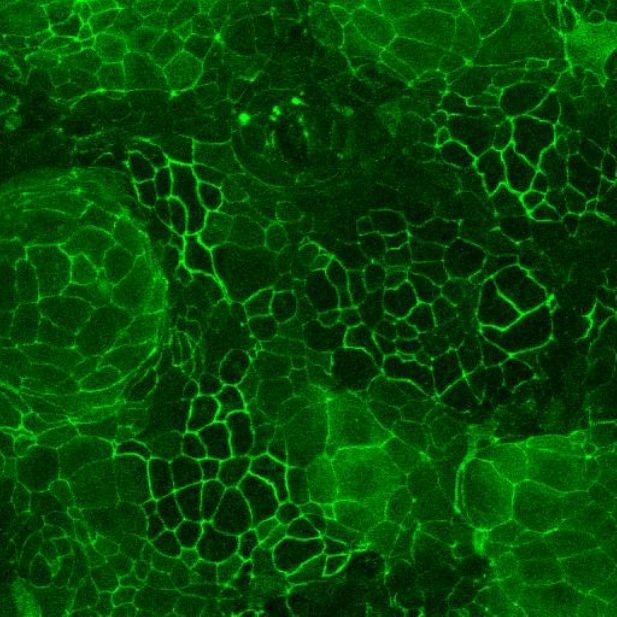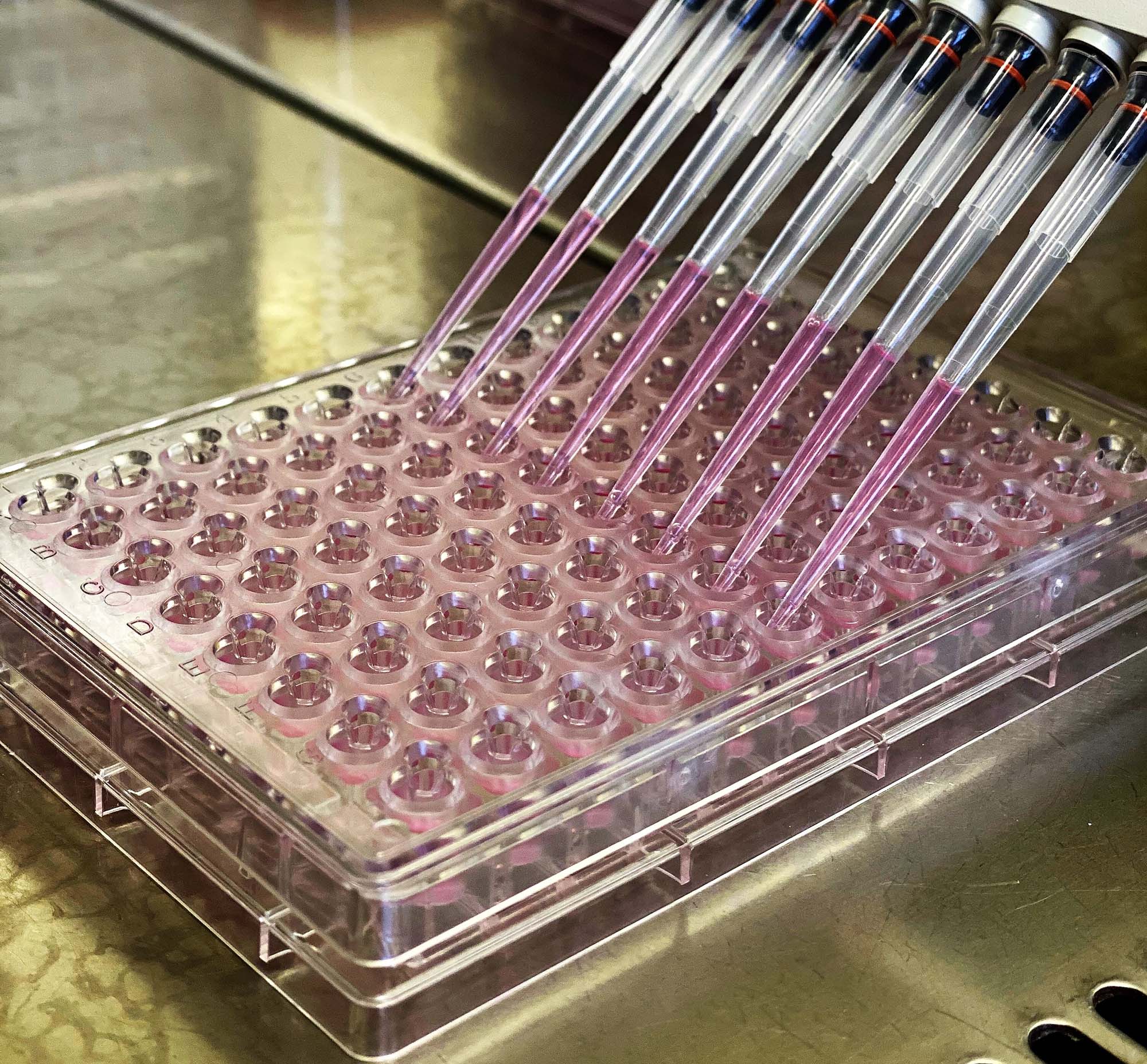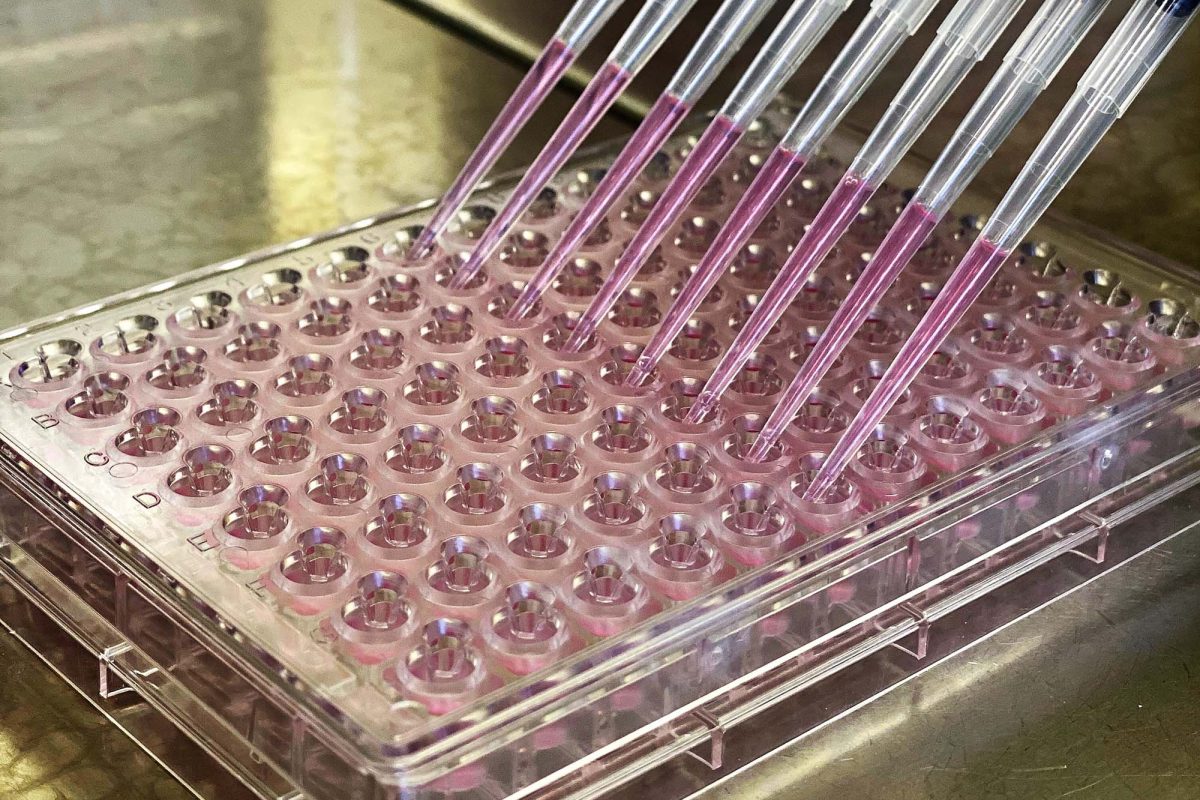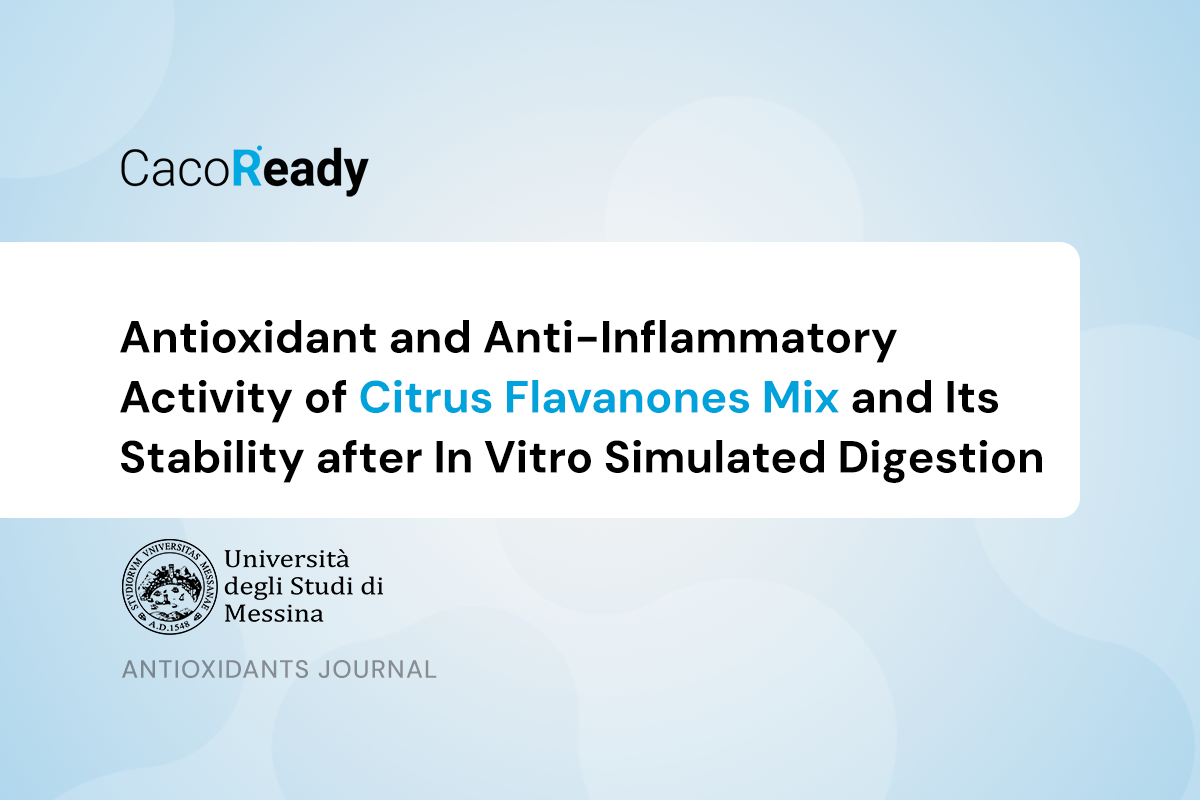PRECLINICAL ASSAYS
In Vitro Anti-Inflammatory Testing
Streamline the discovery of new molecular entities (NME) with intestinal anti-inflammatory properties with our new cell-based plates.
Request more information
Cell-based assays with high flexibility and a ready-to-use system.
Straightforward and user-friendly methodology.
Worldwide shipments at room temperature thanks to our patented technology.
Caco-2 and HT29-MTX cell line
Ready-to-use models for intestinal anti-inflammatory screening

The CacoGoblet plate combines absorptive enterocytes (Caco-2) and mucus-secreting goblet cells (HT29-MTX), offering a physiologically relevant intestinal model for inflammation studies.
In addition to drug permeability testing, CacoGoblet responds to inflammatory mediators, providing valuable insights on the efficacy of anti-inflammatory drugs.
In inflammation research, CacoGoblet is particularly valuable due to its measurable response to inflammatory mediators, such as cytokine release (IL-8 secretion), barrier disruption (TEER changes), and paracellular permeability variations (Lucifer Yellow assay). These readouts allow researchers to speed up the efficacy evaluation of anti-inflammatory drugs.
CacoGoblet is available in a 24-well plate format, providing a ready-to-use solution for high-throughput screening of inflammation-modulating compounds.

Explore ReadyCell Kits
We help you determine your compound's anti-inflammatory potential
Caco-2 cells and HT29 replicate the human intestinal barrier and inflammatory response, providing a well-established in vitro approach for screening anti-inflammatory drugs.
Our range of pre-plated cell-based models are key to perform ADME-Tox studies including inflammation, permeability or drug-transporter interactions.
Featured Article
The effect of inflammation on epithelial barrier can be evaluated by exposing CacoGoblet monolayer to inflammatory stimuli and measuring:
- Barrier integrity (TEER values)
- Paracellular permeability (Lucifer Yellow flux)
- Cytokine secretion (IL-8 quantification)
Explore the detailed guide for conducting in vitro anti-inflammation assays, including recommended inflammatory stimuli, assay conditions, and key insights.
Read more
Frequently Asked Questions
Which is the most relevant cytokine in intestinal inflammatory studies?
Interleukin-8 is considered one of the most relevant markers of intestinal inflammation. Many studies have demonstrated that this factor contributes to a multitude of pathophysiological processes within the GI tract, including chronic GI inflammatory states, such as inflammatory bowel disease, and gastric and colonic carcinomas.
What are the quality controls for CacoGoblet anti-inflammatory assays?
The parameter used is the trans-epithelial electrical resistance (TEER), that evaluates cell-cell tightness.
Is the quality control data specific for each kit?
We provide TEER values and Lucifer Yellow (LY) paracellular flux measurements for each batch before and after shipment so the customer can have reference values for cell barrier integrity.
Is it possible to add a testing service to the order?
As a general rule, we act as a supplier and do not provide testing services. Nonetheless, feel free to contact us if you wish to test our plates externally. We can direct you to our partners who can assist you in conducting the assay effectively. Additionally, in certain situations, we are open to collaborating to try out new applications of interest to both of us.
Does ReadyCell shipping medium affect cell lines?
No, the Shipping Medium consists of a semi-solid culture system specifically designed to preserve cells at room temperature (15-25ºC). This medium maintains a suitable physicochemical environment, keeping adequate moisture conditions for cellular homeostasis and forming a protective cushion that protects cell integrity and functionality during long-distance shipments and up to seven days.






